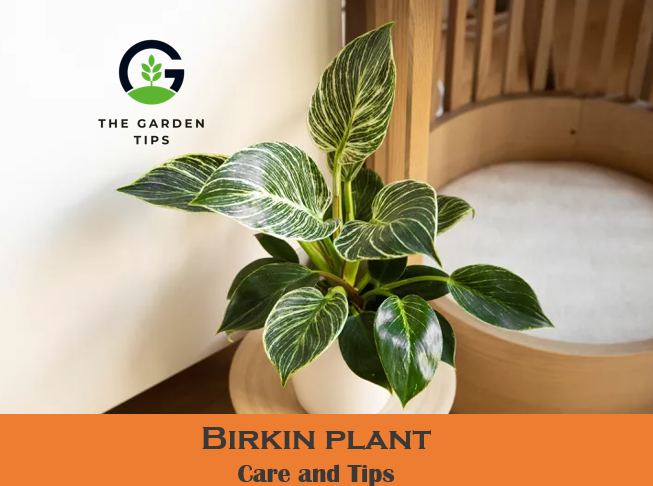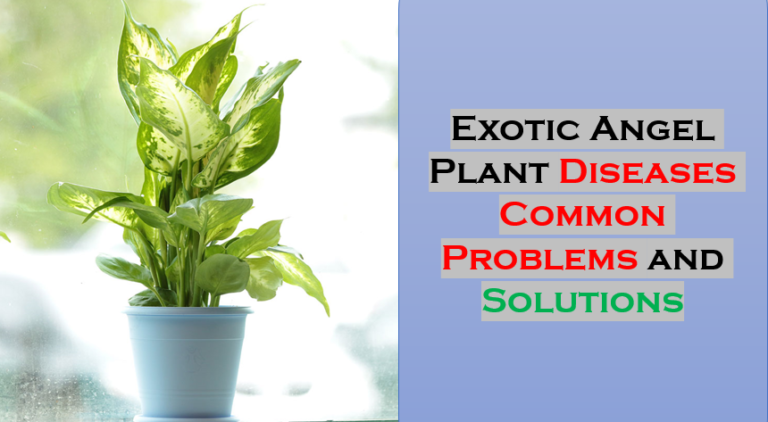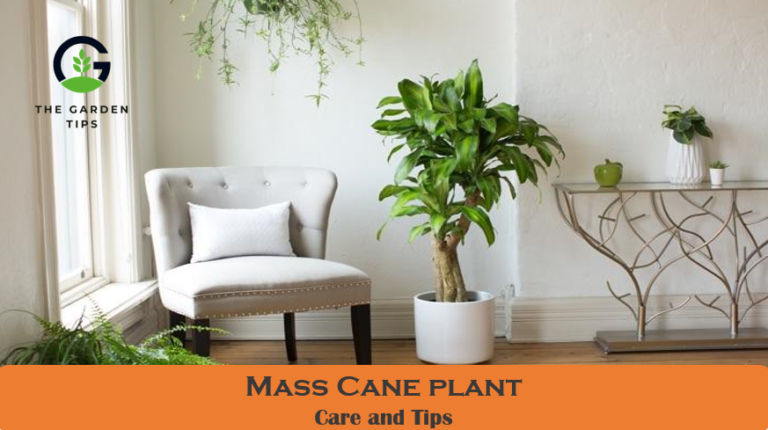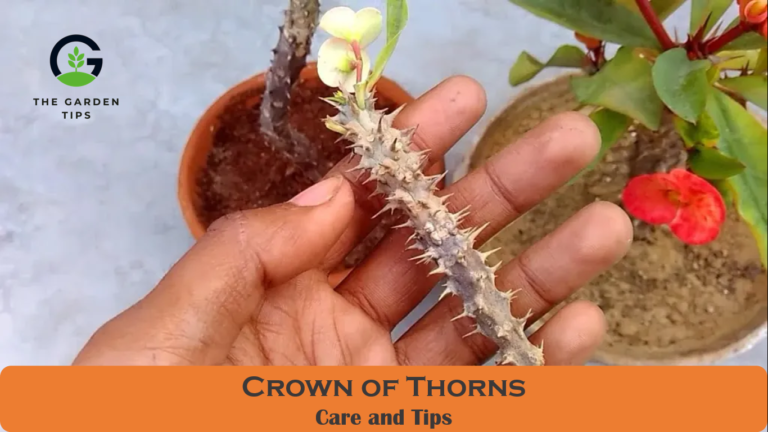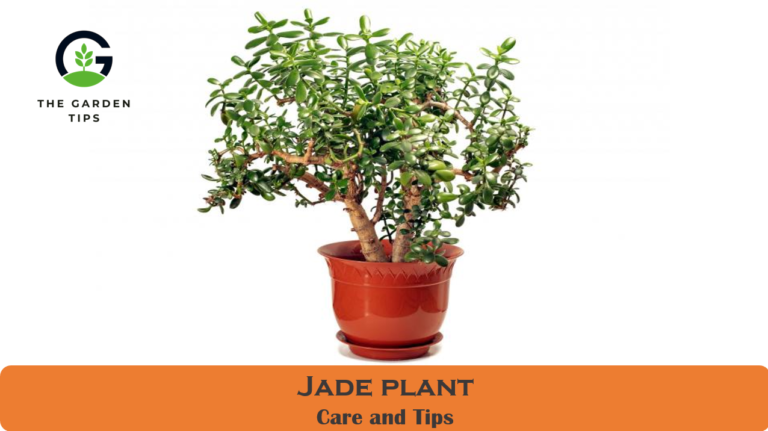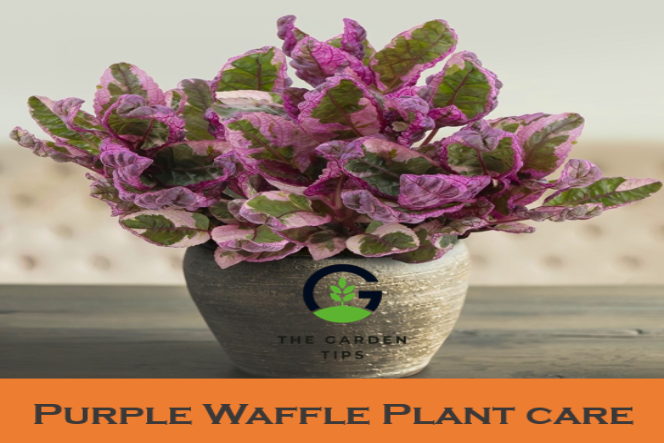When researching the most elegant flowers available to plant in your garden, you’ll want to look at hydrangeas. These amazing shrubs produce dazzling white globes that will turn your yard into an ornate garden area that is beautiful all summer long. This article covers your queries about “how to care for a hydrangea plant.”
The hydrangea is often associated with warm summer months, and its pink or blue flower clusters can be viewed from mid-spring to summer by late autumn before it hibernates in the cold winter weather.
Hydrangeas hardiness zone will be from 3-7 as a perennial shrub. It is widely used across the middle to southern states in Northern America and Japan, Canada, South Korea, and China. The plant loves moist soil and grows to an average height of 4.5 meters.

Types of Hydrangeas
In Hydrangeas types there are four different types present in the US
- Bigleaf (Mophead, French, Endless summer, Blue hydrangea)
- Oakleaf (Pink hydrangea)
- Panicle (Peegee)
- Smooth (Lacecap)
Hydrangeas Planting
When hydrangeas inspire you, you must know about the basic tips of plant hydrangeas. In this article, you will go through the basics of hydrangeas plants:
Best season to plant hydrangea: The fall season is the best time to plant hydrangeas
Best daytime to plant hydrangea: Early Morning / Late Afternoon
Best place to plant hydrangea: Shady place where the hydrangeas can enjoy the morning sun and shady afternoon.
Best soil for hydrangea: Loamy clay soil with good organic matter. Avoid soil where there is poor drainage.
How to plant hydrangeas: Dig the hole (2-feet) wider than the root ball of your plant. Place the root ball and fill up the hole with soil and compost.
How to propagate hydrangeas: Dig a hole nearby your hydrangea. Bend a branch down to the hole until it touches the soil in the middle of the branch. Next, scratch the bark where that branch touches the soil and fill the hole by placing stones or bricks around it. With time, the branch will create its root system and might be transplanted to a new location at some point.
How to care for Hydrangeas
Hydrangeas care tips
Many people asked about how to plant and care for hydrangeas, and the simple answer is that you do not require much care in planting as well as maintaining its beauty, but a few tips make your plant fresh throughout the season.
Water: Hydrangeas water requires 1-inch water three times a week to improve the average plant’s root and normal growth. From avoiding wilting in warm summer watering in the morning.
Mulching: Incorporate mulch near the plant to cool down the temperature of the soil. Organic mulch is the best mulch for hydrangea plants because it adds nutrients required by this plant and improves soil structure.
Fertilizer: The fertilizer requirement of hydrangeas depends on the varieties of hydrangeas soil types, but the good way to know about your fertilizer requirement is to analyze your soil through a soil test.
Hydrangea fertilizer requirement on different growth stages:
| Stage | Fertilizer Requirement( Low, Medium, or High) | Month |
| Big Leaf | Low | March, May, June |
| Panicles and oakleaf | Medium | April, June |
| Smooth Hydrangeas | Medium | Once in a winter |
Pest and Diseases
Hydrangeas pests and diseases can be protected by choosing a resistant variety. In diseases of hydrangeas, there are leaf spots, wilt, blight, and powdery mildew. When we talk about hydrangeas pests, aphid, red spider mite, and leaf tiers attack only when your plant is under stress.
Hydrangeas FAQs (Frequently Asked Question)
How do you take care of a potted hydrangea?
Carefully firm the soil around the roots to eliminate any air pockets in the pot. When the top inch or so of soil feels dry, water your hydrangea thoroughly but be careful as you don’t want to overwater it. The plant will signal you when it needs water by wilting, but a better idea would be to check it every day and not overwater it at all.
How long do potted hydrangeas last?
If you’re going to choose a flowering hydrangea, it’s best to do so from one that feels sturdy and not soft or spongy. A healthy pot should last up to two weeks, whether it is indoors or out. When bringing garden hydrangeas indoors for an arrangement, be sure to prune them when you bring them back outside if you wish for the plant fragments to live long after the event, of course!
Do you cut off dead blooms on hydrangeas?
Most people ask how to prune hydrangeas, but you must know that hydrangeas don’t need to be pruned. They only do if the shrub has grown too much and takes up a lot of space, so it is taking more than it should. Otherwise, you can simply just clean them up by removing all branches that have died and all the flowers (since they are already dead).
How many times a year do hydrangeas bloom?
Do you know what type of hydrangea you have? Whether it be the big leaf, smooth leaf, or panicle types, there are many spectacular blooms to behold. One bloom will flourish each season, and there’s not much you can do about it. The reblooming trait does occur in some varieties, though.
Will a dead hydrangea come back?
Small potted plants can dry out too quickly and restrict root growth. The best remedy, according to enthusiasts, is to water them generously, apply a mulch of compost, then protect them from direct sun or too much wind. Prune back any frost-damaged or sunburnt growth to promote healthy growth.
How do I know if my hydrangea is overwatered?
Root rot is one consequence of overwatering that causes yellowed leaves instead of dark, rich green ones. An overwatered plant may shed leaves prematurely, or there may appear to be an overgrowth of green foliage due to stunted flower growth.


